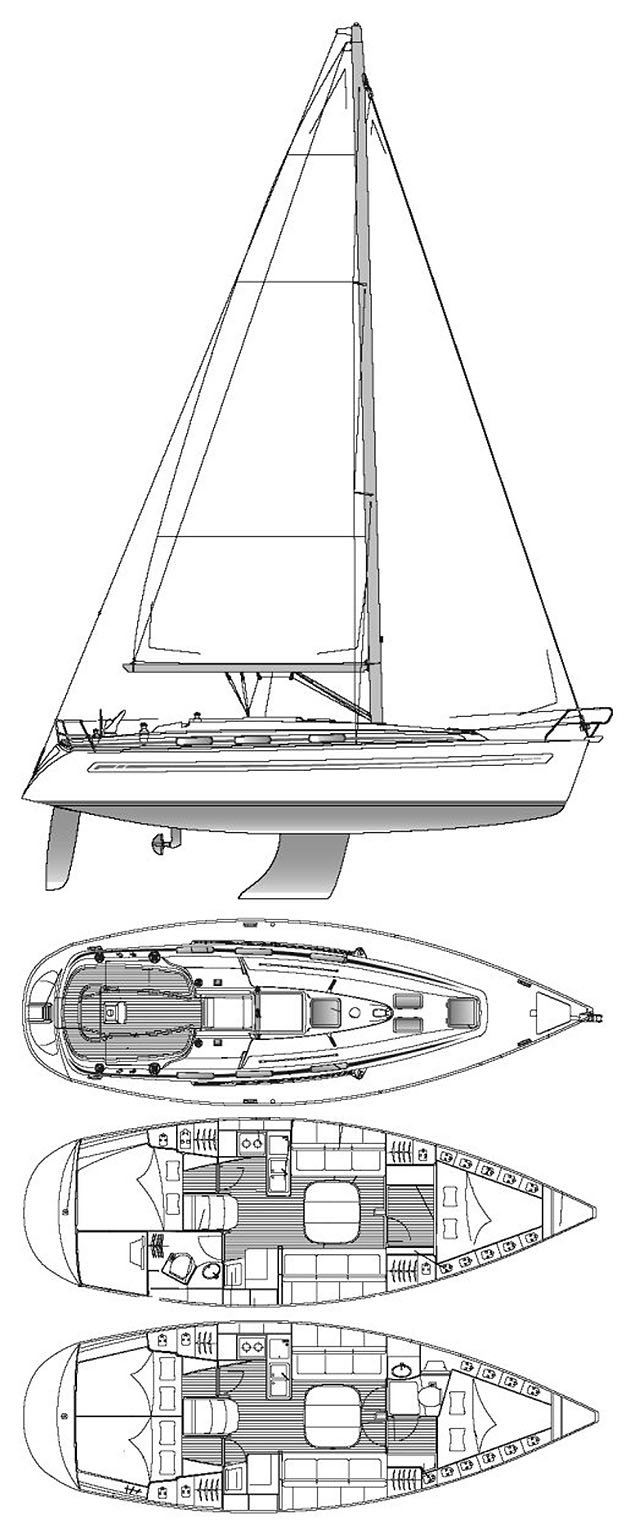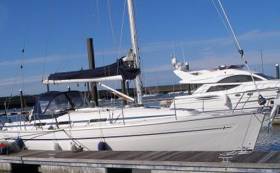Displaying items by tag: Bavaria 36
This is the time of year when boat-owners can no longer push to the back of their minds the thought that some bits of equipment aren’t working quite as well as they should, while others maybe aren’t working at all writes W M Nixon.
It’s amazing how much cruising or day sailing you can do with some item of gear not doing its fair share of the work. But against that, there’s nothing which quite compares with the quiet satisfaction of knowing that everything has been serviced as and when it should be, where renewal was required the job was done on time, and that this is how it has always been with the boat involved.
Clearly, the private vendor of this Bavaria 36 yacht for sale in Dun Laoghaire understands this mind-set very well indeed, for as he says himself, this boat is well-presented. In fact, you could take it all as the very model of how a boat should be offered for sale at this time of the year, as the first hint of a stretch to the evenings starts to get those sailing juices flowing again.
 A handy size – the Bavaria 36 for sale in Dun Laoghaire is the three-cabin version.
A handy size – the Bavaria 36 for sale in Dun Laoghaire is the three-cabin version.
The Bavaria 36, when it appeared in 1998, virtually defined an unmistakably German brand. Sensible, no nonsense boats which offered oodles of room, yet they can turn in a surprisingly nippy performance with genuine pleasure in the sailing.
She’s priced at €58,500, and there’s no doubt you could find seemingly comparable boats on offer for less. But this Bavaria 36 has had only two owners since she was built in 2004, and they’ve lavished regular attention on a boat which arrives into 2017 with everything working a treat, complete with new standing rigging fitted within the past year, together with recent stack pack, spray hood and a complete cockpit cover with all the goodies. Definitely worth a look. Read the advert on Afloat boats for sale here





























































